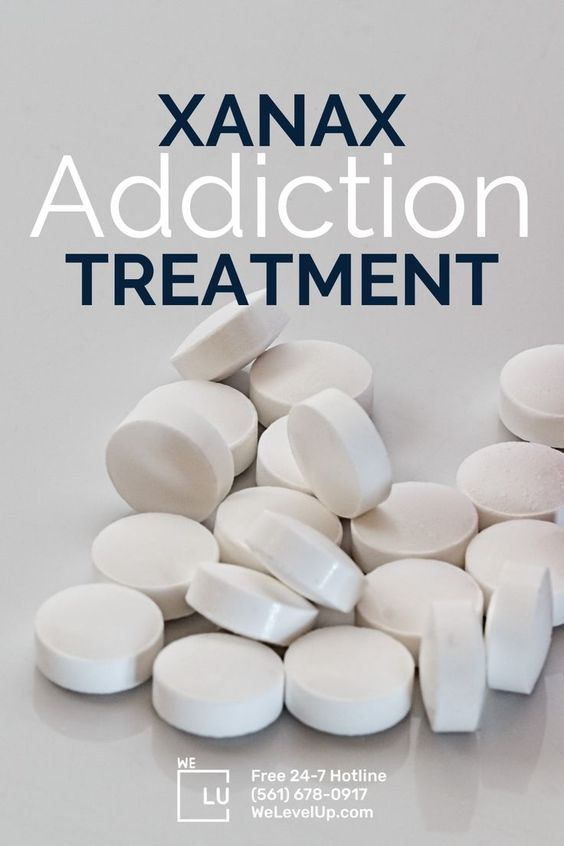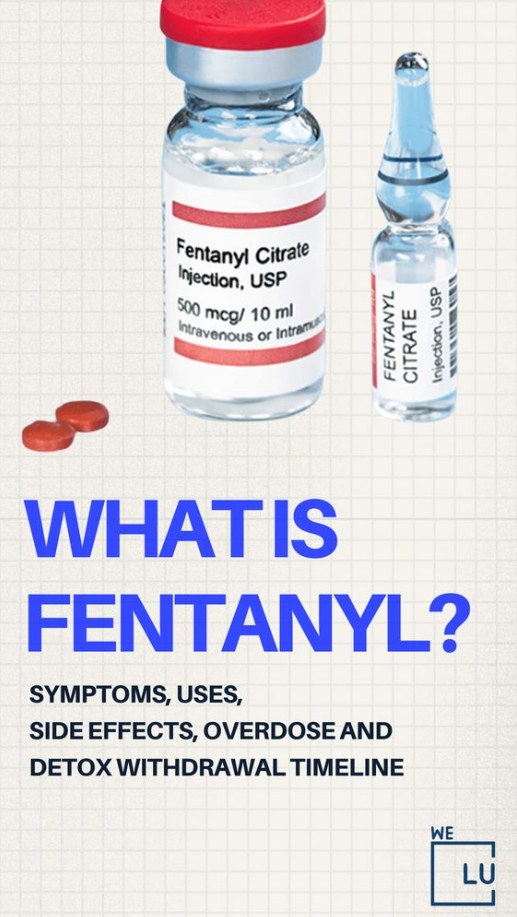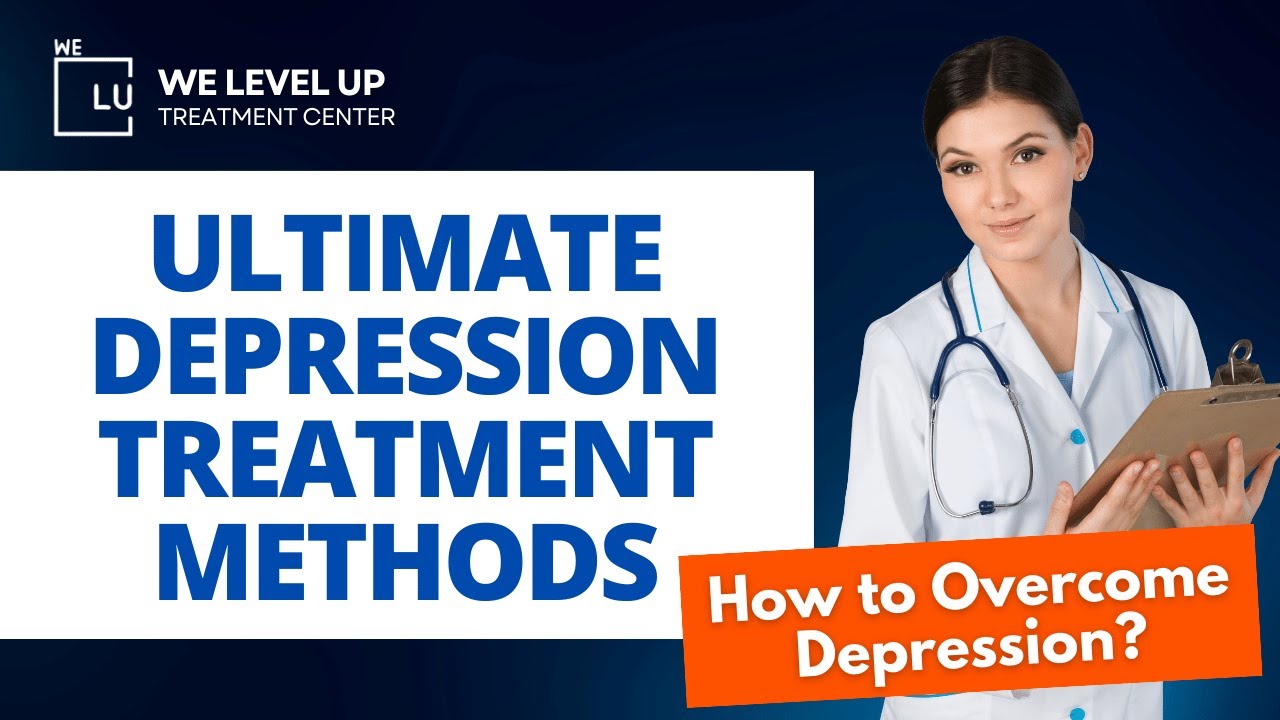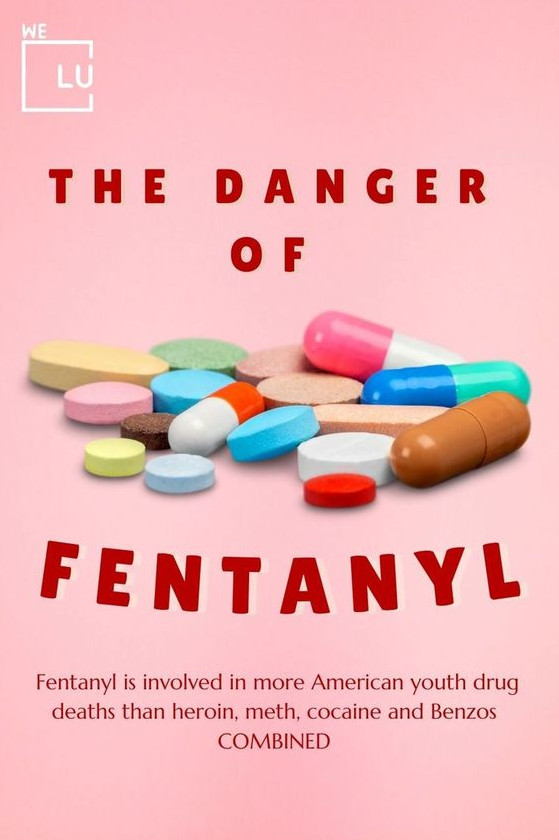What Is Xanax?
Xanax dosages are used to treat anxiety disorders and panic disorder (sudden, unexpected attacks of extreme fear and worry about these attacks). Xanax is in a class of medications called benzodiazepines. It works by decreasing abnormal excitement in the brain.
Xanax may be habit-forming or cause drug addiction. Do not take a larger dose, take it more often, or for a longer time than your doctor tells you to. Tell your doctor if you have ever drunk large amounts of alcohol, if you use or have ever used street drugs, or have overused prescription medications.
Do not drink Xanax dosages and alcohol or use street drugs during your treatment. Drinking alcohol or using street drugs during your treatment with Xanax also increases the risk that you will experience these serious, life-threatening side effects. Tell your doctor if you have or have ever had depression or another mental illness. [1]
What Does Xanax Do?
Xanax is used to treat anxiety disorders and panic disorder (sudden, unexpected attacks of extreme fear and worry about these attacks). Xanax is in a class of medications called benzodiazepines. It works by decreasing abnormal excitement in the brain.

Dosage Of Xanax
Xanax comes as a tablet, an extended-release tablet, an orally disintegrating tablet (tablet that dissolves quickly in the mouth), and a concentrated solution (liquid) to take by mouth. The tablet, orally disintegrating tablet and concentrated solution usually are taken two to four times a day. The extended-release tablet is taken once daily, usually in the morning. Follow the directions on your prescription label carefully, and ask your doctor or pharmacist to explain any part you do not understand. Take Xanax dosages exactly as directed.
To take the concentrated liquid, use only the dropper that came with your prescription. Draw into the dropper the amount prescribed for one dose. Squeeze the dropper contents into a liquid or semisolid food such as water, juice, soda, applesauce, or pudding. Stir the liquid or food gently for a few seconds. The concentrated liquid will blend completely with the food. Drink or eat the entire mixture immediately. Do not store Xanax dosages for future use.
Remove the orally disintegrating tablet from the bottle just before it is time for your dose. With dry hands, open the bottle, remove the tablet, and immediately place it on your tongue. The tablet will dissolve and can be swallowed with saliva. The orally disintegrating tablet can be taken with or without water.
Swallow the extended-release tablets whole; do not chew, crush, or break them. Your doctor will probably start you on low Xanax dosages and gradually increase your Xanax dosages, not more than once every 3 or 4 days.
Xanax Side Effects
Xanax dosages may cause side effects. Tell your doctor if any of these symptoms are severe or do not go away:
- Drowsiness
- Light-headedness
- Headache
- Tiredness
- Dizziness
- Irritability
- Talkativeness
- Difficulty concentrating
- Dry mouth
- Increased salivation
- Changes in sex drive or ability
- Nausea
- Constipation
- Changes in appetite
- Weight changes
- Difficulty urinating
- Joint pain
Some side effects can be serious. If you experience any of the following symptoms or those listed in the IMPORTANT WARNING section, call your doctor immediately or get emergency medical treatment:
- Shortness of breath
- Seizures
- Severe skin rash
- Yellowing of the skin or eyes
- Confusion
- Problems with speech
- Problems with coordination or balance
Xanax dosages may cause other side effects. Call your doctor if you have any unusual problems while taking this medication.
Symptoms of overdose may include the following:
- Drowsiness
- Confusion
- Problems with coordination
- Loss of consciousness

Xanax Dosages Interactions
Xanax may increase the risk of serious or life-threatening breathing problems, sedation, or coma if used along with certain medications. Tell your doctor if you are taking or plan to take certain opiate medications for cough such as codeine (in Triacin-C, in Tuzistra XR) or hydrocodone (in Anexsia, in Norco, in Zyfrel) or for pain such as codeine (in Fiorinal), fentanyl (Actiq, Duragesic, Subsys, others), hydromorphone (Dilaudid, Exalgo), meperidine (Demerol), methadone (Dolophine, Methadose), morphine (Astramorph, Duramorph PF, Kadian), oxycodone (in Oxycet, in Percocet, in Roxicet, others), and tramadol (Conzip, Ultram, in Ultracet). Your doctor may need to change the dosages of your medications and will monitor you carefully.
If you take Xanax dosages with any of these medications and you develop any of the following symptoms, call your doctor immediately or seek emergency medical care immediately: unusual dizziness, lightheadedness, extreme sleepiness, slowed or difficult breathing, or unresponsiveness. Be sure that your caregiver or family members know which symptoms may be serious so they can call the doctor or emergency medical care if you are unable to seek treatment on your own.
Xanax Dosages Warnings
Xanax may be habit-forming. Do not take larger Xanax dosages, take it more often, or for a longer time than your doctor tells you to. Tell your doctor if you have ever drunk large amounts of alcohol, if you use or have ever used street drugs, or have overused prescription medications. Do not drink alcohol or use street drugs during your treatment. Drinking alcohol or using street drugs during your treatment with Xanax also increases the risk that you will experience these serious, life-threatening side effects. Also, tell your doctor if you have or have ever had depression or another mental illness.
Xanax dosages may cause physical dependence (a condition in which unpleasant physical symptoms occur if a medication is suddenly stopped or taken in smaller doses), especially if you take it for several days to several weeks. Do not stop taking this medication or take fewer doses without talking to your doctor. Stopping Xanax suddenly can worsen your condition and cause withdrawal symptoms that may last for several weeks to more than 12 months.
Your doctor probably will decrease your Xanax dosages gradually. Call your doctor or get emergency medical treatment if you experience any of the following symptoms: unusual movements; ringing in your ears; anxiety; memory problems; difficulty concentrating; sleep problems; seizures; shaking; muscle twitching; changes in mental health; depression; burning or prickling feeling in hands, arms, legs or feet; seeing or hearing things that others do not see or hear; thoughts of harming or killing yourself or others; overexcitement; or losing touch with reality.
Xanax Dosages Overdose
If the victim has collapsed, had a seizure, has trouble breathing, or can’t be awakened, immediately call emergency services at 911.
Symptoms of overdose may include the following:
- drowsiness
- confusion
- problems with coordination
- loss of consciousness
How Much Xanax Does It Take To Overdose?
It’s possible to overdose on Xanax, especially if you take Xanax dosages with other drugs or medications. The amount that could potentially lead to an overdose varies widely from person to person. It depends on many factors, [2] including:
- How your body metabolizes the medication
- Your weight
- Your age
- If you have any preexisting conditions, like a heart, kidney, or liver condition
- If you took it with alcohol or other drugs (including antidepressants)
Mixing Xanax with alcohol can also be fatal. Xanax is in a class of drugs known as benzodiazepines. These drugs work by boosting the activity of a chemical called gamma-aminobutyric acid (GABA) in the brain. GABA helps calm the nerves by inducing feelings of relaxation. Most severe or fatal overdoses happen when Xanax is taken with other drugs — especially opioid pain medications — or alcohol.
If you’re taking Xanax dosages, be sure to tell your doctor about any other medications you’re taking. They may recommend an alternative medication.
How Long Does Xanax Last?
Like many drugs, Xanax dosages stay in the body long after a person stops feeling its effects. Experts use a measurement called half-life to determine how long a drug stays in the body. A drug’s half-life is the amount of time that it takes for the body to eliminate half of it. The half-life of Xanax is 8–16 hours in a healthy person, with a mean half-life of 11 hours. This is shorter than that of many other benzodiazepines.
The term “half-life” can be misleading, however. This is because it takes four to five half-lives for the body to completely eliminate a drug. This means that it may take an average of 44–55 hours, or about 2 days, for Xanax to leave the body. In one study, researchers reported that they could detect Xanax in a person’s saliva for up to 2.5 days after their last dose. [3]
Xanax Addiction Treatment
We Level Up TX addiction treatment provides the needs of each patient that are specific and personalized, as we aim to provide comprehensive support for mental health, addiction, and dual diagnosis treatment.
Psychotherapy
Several different modalities of psychotherapy have been used in the treatment of substance abuse and depression including:
- Cognitive Behavioral Therapy (CBT) – It is an effective treatment that involves making changes in both the patterns of negative thoughts and the behavioral routines which are affecting the daily life of the depressed person for various forms of depression.
- Dialectical Behavioral Therapy – It is a comprehensive mental health and substance abuse treatment program whose ultimate goal is to aid patients in their efforts to build a life worth living. The main goal of DBT is to help a person develop what is referred to as a “clear mind.”
- Person-Centered Therapy – It is a strategy that allows and encourages clients to understand and resolve their concerns in a safe, supportive environment.

Dual Diagnosis Treatment Centers Texas
Misusing prescription drugs and mental health disorders often co-occur. In many cases, traumatic experiences can result in a mental health disorder and substance abuse. Dual diagnosis rehabilitation treats both of these issues together. The best approach for the treatment of dual diagnosis is an integrated system. In this strategy, both the substance abuse problem and the mental disorder are treated simultaneously. Regardless of which diagnosis (mental health or substance abuse problem) came first, long-term recovery will depend largely on the treatment for both disorders done by the same team or provider.
Medication-Assisted Treatment Inpatient Rehab Texas
Medication-Assisted Treatments (MAT) for substance use disorders and mental health disorders are commonly used in conjunction with one another. This includes the use of medications and other medical procedures. During your rehab, the staff from your treatment facility will help you identify what caused your addiction and teach you skills that will help you change your behavior patterns and challenge the negative thoughts that led to your addiction. Sometimes, the pressures and problems in your life lead you to rely on substances to help you forget about them momentarily.
Xanax Detox In Texas Inpatient Rehab
The first step in substance use disorder treatment is the drug detox. It will help you navigate the complicated withdrawal process, but it doesn’t address patterns of thought and behavior that contribute to drug abuse. Various treatment approaches and settings can help provide the ongoing support necessary to maintain long-term sobriety after you complete detox.
Cravings are very common during detox and can be challenging to overcome. This often leads to relapse. Constant medical care provided during inpatient treatment helps prevent relapse. Clinicians can provide necessary medication and medical expertise to lessen cravings and the effects of withdrawals.
How We Can Help? Searched for “inpatient drug rehab Texas” or are you seeking a national inpatient rehab destination?
If you or a loved one are struggling with misusing Xanax dosages and a co-occurring mental health condition such as anxiety and depression, contact one of our helpful treatment specialists today. We Level Up TX can provide information on dual diagnosis and detox programs that may fit your specific needs.
Call today to speak with one of our treatment specialists. We will help you explore substance abuse treatment options. Your call is private and confidential, and there is never any obligation.
Sources:
[1] Alprazolam – U.S. Department of Health and Human Services National Institutes of Health
[2] Can You Overdose on Xanax? – https://www.healthline.com/health/can-you-overdose-on-xanax
[3] How long does Xanax last? – https://www.medicalnewstoday.com/articles/326488





